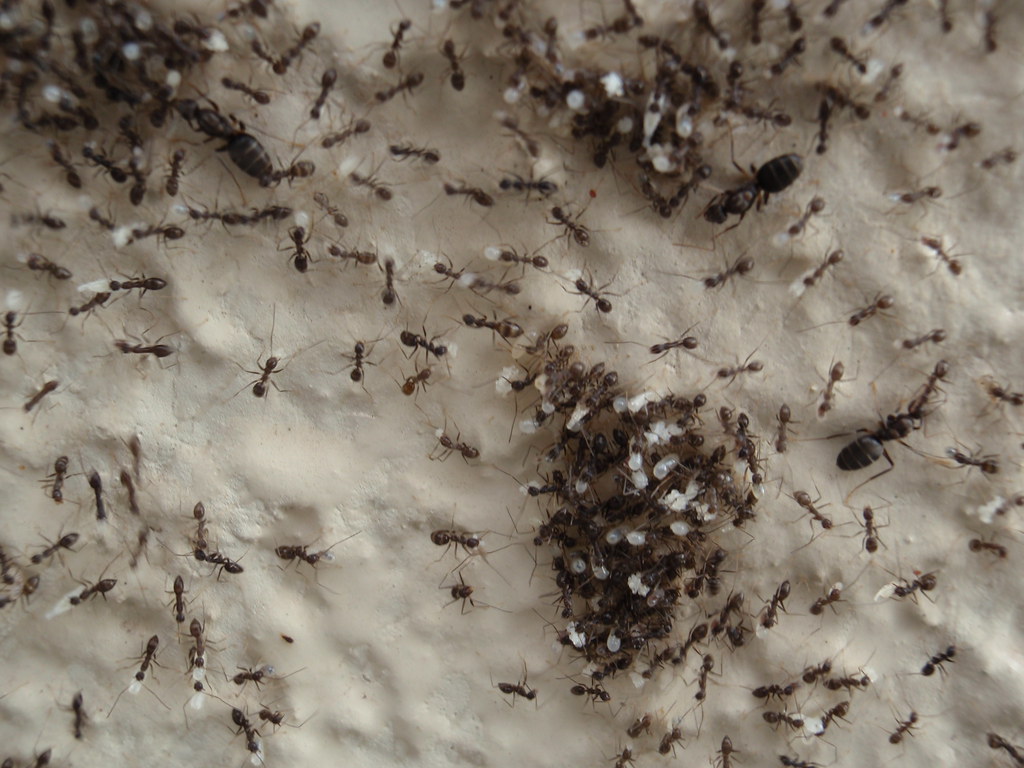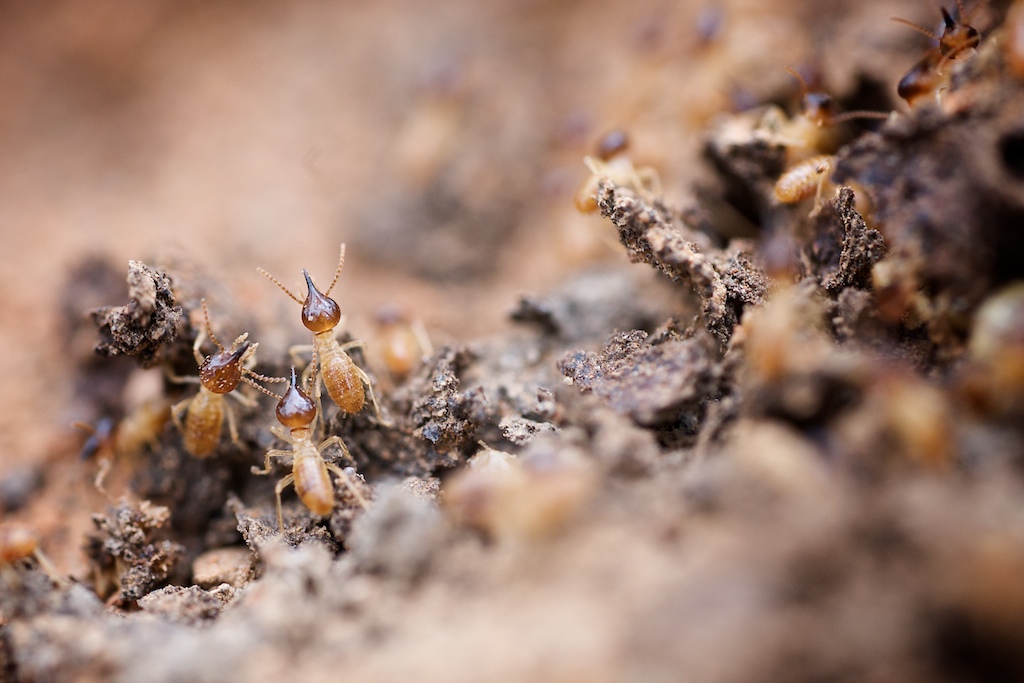When you spot insects with wings in or around your home, it’s natural to wonder, "Do I have winged ants or termites?" This is a crucial question because identifying the pest correctly can save you from significant damage and costly repairs. Although both pests may look similar at first glance, there are distinct differences between winged ants and termites. Understanding these differences will help you take appropriate action to protect your home.


Physical Differences Between Winged Ants & Termites
The first step in identifying whether you have winged ants or termites is to examine their physical characteristics closely. Winged ants, also known as alates, have a few features that set them apart from termites. Body Shape: Winged ants have a narrow, pinched waist, giving their bodies an hourglass shape. In contrast, termites have a more uniform, straight waist without a constricted middle. This difference in body shape is one of the easiest ways to distinguish between the two. Antennae: The antennae of winged ants are bent or elbowed, resembling a 90-degree angle. On the other hand, termites have straight, bead-like antennae that do not bend. Wings: Both the insects have two pairs of wings, but there are key differences. Winged ants have wings of different lengths—the front wings are longer than the back wings. In termites, both pairs of wings are of the same length and much longer than their bodies. Additionally, termite wings are more fragile and often fall off easily.
Behavioural Differences
Apart from their physical appearance, winged ants and termites also behave differently. These behavioural cues can help you identify which pest is causing problems in your home. Nesting Habits: Winged ants typically emerge from established ant colonies, usually in cracks in walls, sidewalks, or foundations. They are often seen during warm, sunny days when they swarm to mate. After mating, the winged ants will shed their wings and start new colonies, often outside. Termites, however, are much more discreet. They tend to swarm during the spring or fall, especially after rain. Unlike ants, termites swarm to establish new colonies within wooden structures. This behaviour often leads to severe damage if left unchecked. Feeding Habits: One of the most significant differences is in their feeding habits. Winged ants are scavengers, feeding on a variety of organic materials, including sugars and proteins. They do not feed on wood and are less likely to cause structural damage. Termites, on the other hand, feed on cellulose, the main component of wood. They consume wooden structures from the inside out, which can lead to extensive damage before you even notice their presence.
Identifying Ant vs. Termite Infestations
Recognizing whether you have winged ants or termites in your home is crucial for effective pest control. Here’s how you can identify the signs of an infestation. Winged Ant Infestation: If you find a swarm of winged ants, especially near windows, a nearby ant colony is likely preparing to expand. You might also notice discarded wings near entry points. Termite Infestation: Signs of termites include mud tubes on walls or foundations, hollow-sounding wood, and small piles of sawdust or termite droppings. Termites often cause structural damage, which may not be visible until severe.Winged Ants vs. Termites: Comparison
| Feature | Winged Ants | Termites |
| Body Shape | Pinched waist (hourglass shape) | Straight waist (uniform shape) |
| Antennae | Bent or elbowed | Straight, bead-like |
| Wings | Different lengths (front wings longer) | Equal length, longer than the body |
| Nesting Habits | In established ant colonies, often outdoors | Inside wooden structures |
| Feeding Habits | Scavengers feed on sugars and proteins | Feed on wood (cellulose) |
| Signs of Infestation | Swarms near windows discarded wings | Mud tubes, hollow wood, sawdust |




